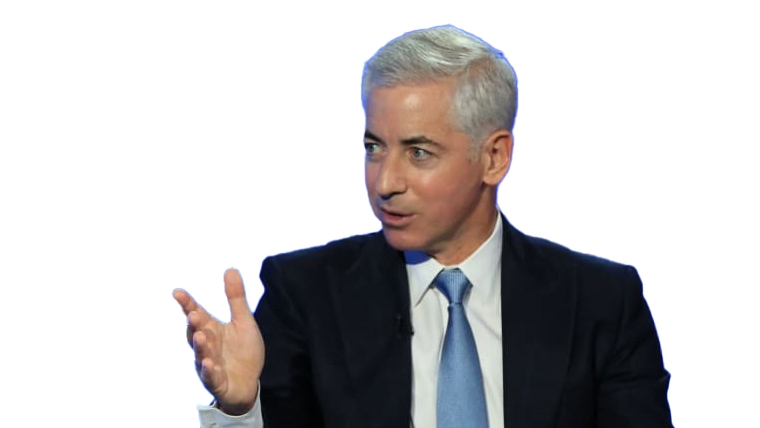
By Stuart Talman, XE currency strategist

Bond market volatility continues to be one of the major talking points for financial markets, yields continue to soar on the view that Fed will maintain an elevated peak target rate for an extended period whilst sizeable US government debt issuance also contributes to rates at 16+ year highs.
The start to the new week has delivered fresh headlines, ensuring that, along with the devastating developments in the Israel and Gaza, the historically aggressive bond sell-off continues to fray the market's nerves.
The yield on the benchmark US 10-year bond pierced through the psychologically important 5.00% mark for the first time since July 2007 during the London morning, but has failed to consolidate its astonishing ascent, aggressively rejecting to plunge back through 4.84%.
Commencing the week prior near 4.65%, volatility in the bond market is at eye-watering levels and risks breaking something should global yields continue to soar.
Monday's vigorous U-turn has been welcomed by risk-sensitive assets, the rate sensitive Nasdaq climbing over 1% (at session highs) after being down over 1% during early session action, whilst pro-cyclical currencies occupy the top half of the G10 leaderboard.
Opening Monday's local session a few pips below 0.5830, the New Zealand dollar was pressured through the late Asian afternoon and into the commencement of European trade, offered from local session highs in the 0.5830's to mark a fresh year-to-date low a few pips through 0.5810.
The mood, then shifted.
The dollar ripped to the downside as the 10-year yield abandoned 5%+ levels, in turn catapulting the Kiwi from the low 0.58's to log an intraday high a couple of pips shy of 0.5860. Despite the rebound, the short-term bias remains to the downside. A decisive NZDUSD move through a 0.5860/80 resistance zone is needed to provide the first tentative sign the pair is attempting to base.
The 23.6% Fibonacci retracement of the ~4% October sell-off is currently located at 0.5866. Ascend through here to challenge the 0.5931 midpoint of this range, which also aligns with a resistance congestion zone, provides more confidence to back the basing call.

The absence of tier 1 data releases and an easing in Israel-Hamas tensions begs the question: what prompted the wild swing in bond markets to start the week?
The popular pick - a tweet from billionaire hedge fund manager, Bill Ackman of Pershing square.
There is too much risk in the world to remain short bonds at current long-term rates……we covered our bond short.
In August, Ackman first disclosed his large bearish bet on the 30-year US government bond, betting on higher yields due to higher levels of long-term inflation. Adding circa 80bps since late August, Ackman's trade has generated monstrous profits.
As bond prices fall, yields rise, therefore Ackman was backing higher rates.
Now that he has crystalized the trade’s profits, Ackman is backing the view that yields are topping out - bond prices will now rise as intensifying geopolitical risks induce safe-haven flows.
Ackman also believes the world's largest economy is slowing faster than recent data suggests. Should this opinion prove accurate, the Fed is done hiking and will likely commence easing sometime in late 1H 2024, perhaps earlier if the macro data flow rapidly deteriorates.
The near-term path for US treasury yields will continue to be the most important factor for other asset classes.
Turning our attention to the day ahead, its S&P Global PMI day, the economic calendar delivers the latest readings on manufacturing and services activity for the UK, eurozone and US economies. The biggest moves have come from the EU readings which have noticeably deteriorated in recent months. The eurozone manufacturing PMI is expected to improve from 43.4 to 43.7 whilst services is projected to remain steady at 48.7…..both firmly in contractionary territory.
The UK jobs report is the other tier 1 data point of note through Tuesday.
It’s a massive week on the earnings front with four of the "Magnificent 7" reporting 3Q results. Microsoft and Alphabet (Google) report after Tuesday's closing bell, Meta on Wednesday, Amazon - Thursday.
According to analysts' estimates recorded by Bloomberg Intelligence, the five biggest companies in the S&P500 (Apple, Microsoft, Alphabet, Amazon & Nvidia), which account for a quarter of the benchmark's market capitalisation, are projected to report an average earnings jump of 34% from a year earlier.
Should the tech behemoths fail to deliver both solid earnings and outlooks, US equities will get crunched, the S&P500 breaking down through major support at 4200.
Will yields continue to pullback from cycle highs or will the reaction to Ackman's tweet fade?
An important question for the next 24 hours, the answer will determine whether risk assets, including the New Zealand dollar, continue to rebound. Of course, developments in Israel and Gaza will also determine short term direction.
Daily exchange rates
Select chart tabs
Stuart Talman is Director of Sales at XE. You can contact him here.

We welcome your comments below. If you are not already registered, please register to comment
Remember we welcome robust, respectful and insightful debate. We don't welcome abusive or defamatory comments and will de-register those repeatedly making such comments. Our current comment policy is here.